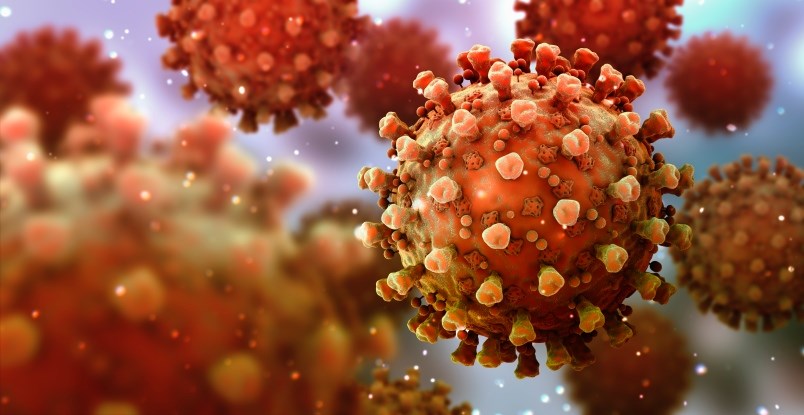Reducing community transmission, proactively pool-testing students and gathering more detailed information about school exposures would be the best ways to prevent large COVID outbreaks in schools, according to a pair of SFU researchers who also happen to be Burnaby school district parents.
In a recent study, SFU professors Caroline Colijn and Paul Tupper said there is still “considerable uncertainty” about the role of children and of schools in the transmission of COVID-19, but children can transmit COVID-19 to each other, and large outbreaks are possible – even if they’re rare.
“Early evidence indicated that schools were low risk and children were unlikely to be very infectious, but it is becoming clear that children and youth can acquire and transmit COVID-19 in school settings and that transmission clusters and outbreaks can be large,” reads the paper, entitled COVID-19’s unfortunate events in schools: mitigating classroom clusters in the context of variable transmission.
Looking at other studies from across the globe, Colijn and Tupper said many school exposures have yielded little to no risk of onward transmission, but some “unfortunate” exposures have caused sizable outbreaks.
Colijn and Tupper said the apparent discrepancy is a product of the unpredictability of COVID-19 and how it affects individuals and spreads.
The pair used mathematical modelling to work out which measures would be most effective to prevent or mitigate large outbreaks.
First, they noted large outbreaks at schools were more likely when transmission in the community is high.
“The more introductions happen in schools, the sooner we can expect to be unlucky,” states the report.
Second, they said testing a student once he or she develops symptoms – even if everyone in the class is then isolated after a positive test – is “relatively ineffective” in mitigating a large outbreak.
“Far superior” for preventing large outbreaks would be regular, onsite, pooled testing, according to the study.
“The idea is that every three days, every kid rinses and swishes and spits into a bucket, and then the bucket gets tested,” Tupper told the NOW. “There could even be fast, onsite testing. Then, if it comes up positive, everybody stays home.”
Finally, the study concludes schools should take steps to control risks in the environment. Toward that end, Colijn and Tupper said more data should be collected about school exposures and outbreaks.
“These could be linked to data on the room size, ventilation, whether windows were open, numbers of students in the class and classroom organization, and then further linked to follow-up on cluster size,” states the report.
The paper by Colijn and Tupper is a preprint, which means it has not yet been peer reviewed and officially published.
Colijn, an infectious disease specialist and mathematician, has kids in grades 4 and 7 in the Burnaby school district. Tupper, a mathematician, has kids in grades 7 and 10.
Both agreed there are positives to what school and public health officials are doing to stop the spread of COVID in schools, especially the cohorts designed to limit the number of contacts and the blended model for high school students that sees them inside the school building for only part of the school day.
Colijn and Tupper both said smaller class sizes would be better but understood that might not be feasible.
Tupper said he’d like to see students regularly pool-tested and for there to be “more consideration, more policies on ventilation” since that has emerged as an important factor in the spread of the virus.
Colijn reiterated their paper’s finding that more information should be collected about each school exposure and outbreak.
“We should be recording this information whenever we have an exposure event because that way we’re going to learn what these parameters are, and we’re going to be able to refine how we can control COVID,” she told the NOW. “Where there were exposures that did not cause outbreaks, were those all the places where the windows were open? Yay! Put more money into opening windows.”
Colijn said teachers should “absolutely” be involved in those discussions.
She said she would also like to see more transparency around COVID in schools.
“What’s happening with the lack of transparency is that the parents are sharing this information on social media, and people are getting very riled up and I don’t think it’s a great situation,” she said.
When asked if she was worried about the risk of COVID in her kids’ schools, Colijn said she felt reassured when Fraser Health closed three schools in the health region because of outbreaks.
“It made me feel like, ‘OK, that’s a good sign that they’re going to take action,’” she said.
To read the paper by Colijn and Tupper, click here.
Colijn and Tupper also blog about their work developing mathematical tools for understanding infectious diseases.



